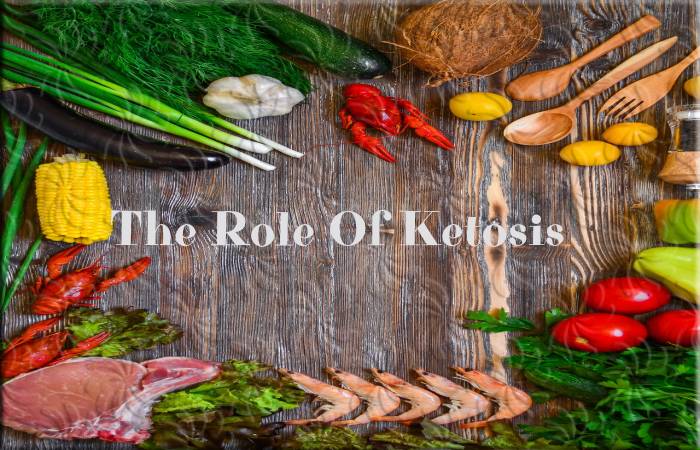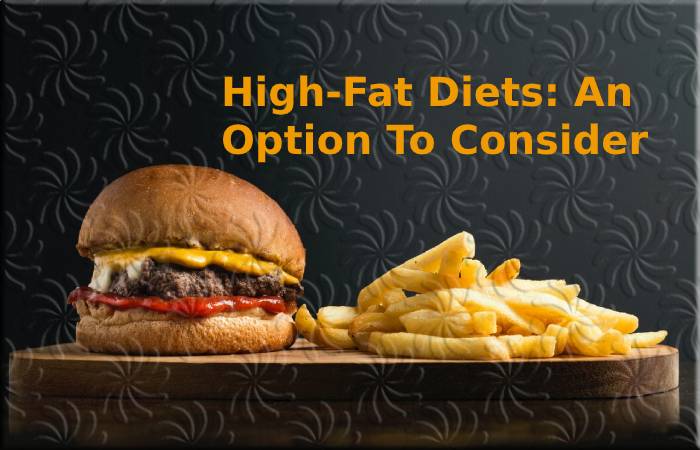High-Fat diets can impact the diversity of instant microbiota. To alleviate this effect, it recommended ensuring fiber intake. We explain it here.
High-fat diets are quite popular when it comes to losing weight.
Current dietary trends are committed to reducing carbohydrate intake, given the association of these nutrients with the development of certain metabolic diseases in the long term.
To compensate for the loss of calories, protein, and fat intakes increased.
These changes cause a series of metabolic consequences. The availability of sugars reduced, and fatty acids used as the primary energy substrate.
Also Interesting To Read: High-Fat Diet And Risk Of Colorectal Cancer
Table of Contents
The Role Of Ketosis

The mechanism that allows this to do is called ketosis. It is a deviation from the metabolic pathways of energy production towards forms of lipid used.
Increasing fat intake can be beneficial for the treatment or prevention of certain diseases, such as dyslipidemia and diabetes.
However, there are several currents within this type of diet. The most extreme advocate the total suppression of carbohydrates, which may not be valid for everyone.
One of the reasons why high-fat diets have become popular is for their potential to improve the body composition of the individual.
This stated in an article published in the magazine Obesity Reviews, which defends the use of these eating patterns when it comes to reducing body fat.
The effectiveness of these diets is that they do not restrict food portions.
The individual can eat what he wants; the only things that are limited are the products included in the diet.
High-fat diets have the potential to modify body structure.
More Fats For A Better Lipid Profile
Although it seems contradictory, high-fat diets manage to improve the lipid profile of people.
This is because the regular intake of mono and polyunsaturated fatty acids is capable of increasing HDL lipoprotein levels.
The anti-inflammatory effects of these lipids are beneficial in reducing cardiovascular risk, as stated in an article published in the journal Nutrients.
Reducing carbohydrate intake is associated with less obesity, which has a protective role in cardiovascular diseases. Furthermore, the risk of diabetes also decreased.
Even, it is a valid protocol to improve the control of the glucose curve in individuals who have already developed diabetes.
Increasing fat intake and reducing carbohydrate intake results in decreased insulin needs.
Effects Of High-Fat Diets On The Microbiota
However, uncontrollably increasing fat intake also impacts the quality and diversity of the gut microbiota.
If the contribution of fiber and probiotics not ensured in this type of diet, to favor fermentation at the level of the small and large intestine, the internal flora suffers.
Besides, the origin of the fats also influences the changes in the microbiota.
While mono and polyunsaturated fatty acids do not represent a reduction in biodiversity, trans-type lipids have more adverse effects.
The intestinal microbiota is sensitive to the different lipids ingested and their origins.
High-Fat Diets: An Option To Consider

When we talk about a high-fat diet, the most suitable option to look for a middle ground.
It is not about totally restricting carbohydrates, at least not as a general measure. Reducing its presence in favor of fats would be enough.
In this way, adherence to the diet optimized while beneficial changes achieved in the lipid profile of the individual and the markers associated with metabolic health.
It is essential to guarantee the presence of fiber in this type of diet since its deficit can negatively impact the diversity of the intestinal flora.
Finally, it is necessary to control the origin of fats.
It knows that the contribution of mono and polyunsaturated lipids is beneficial for the body.
Regarding saturated fat intake, there is still controversy in the literature.

